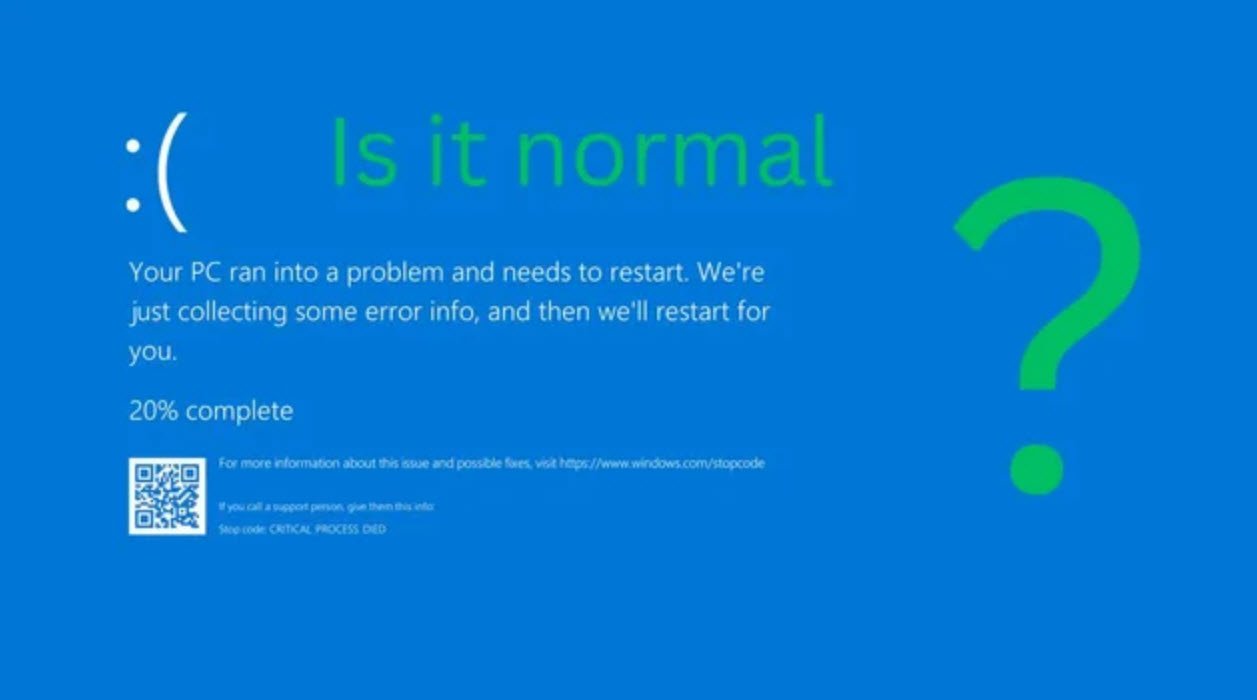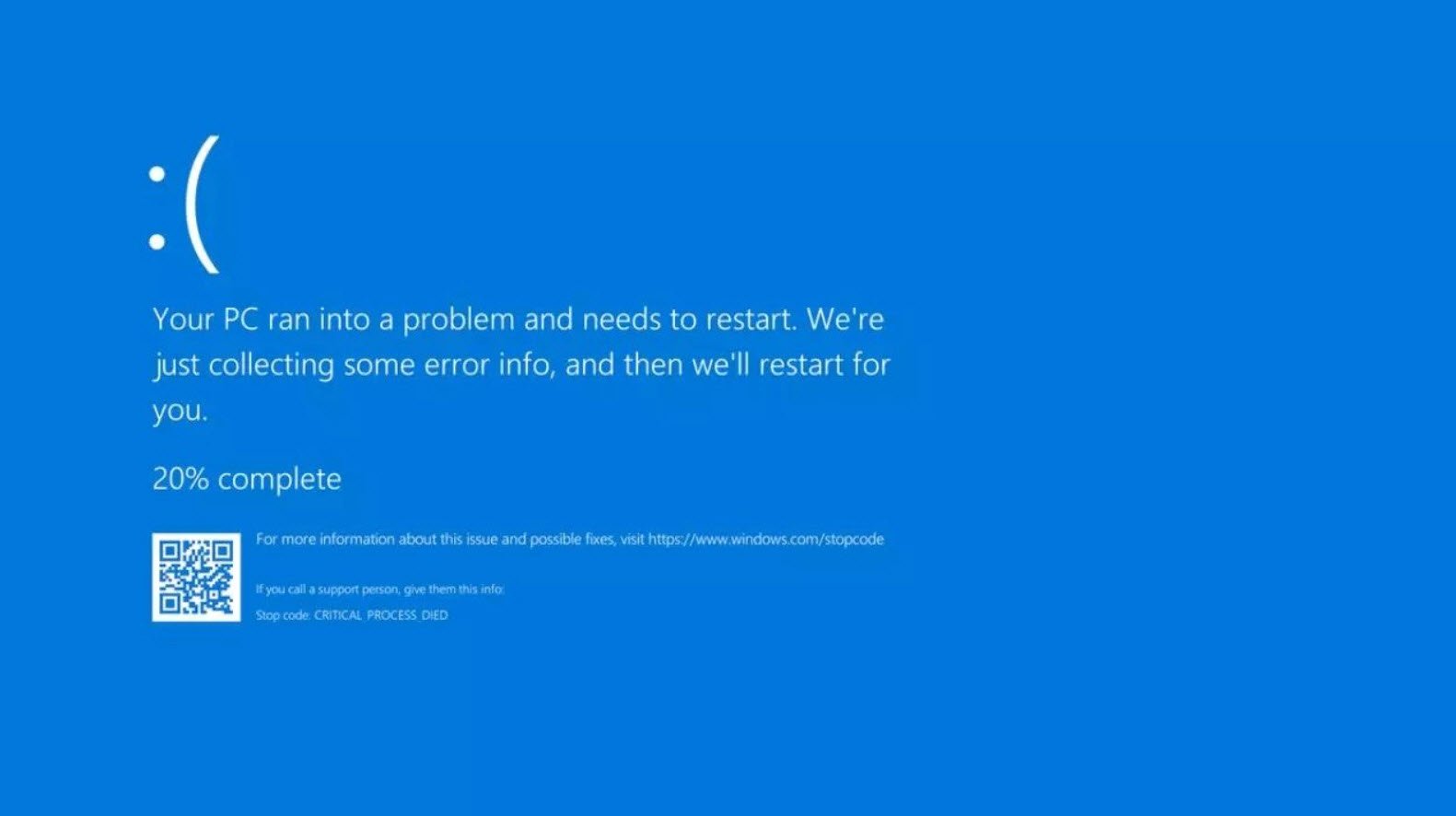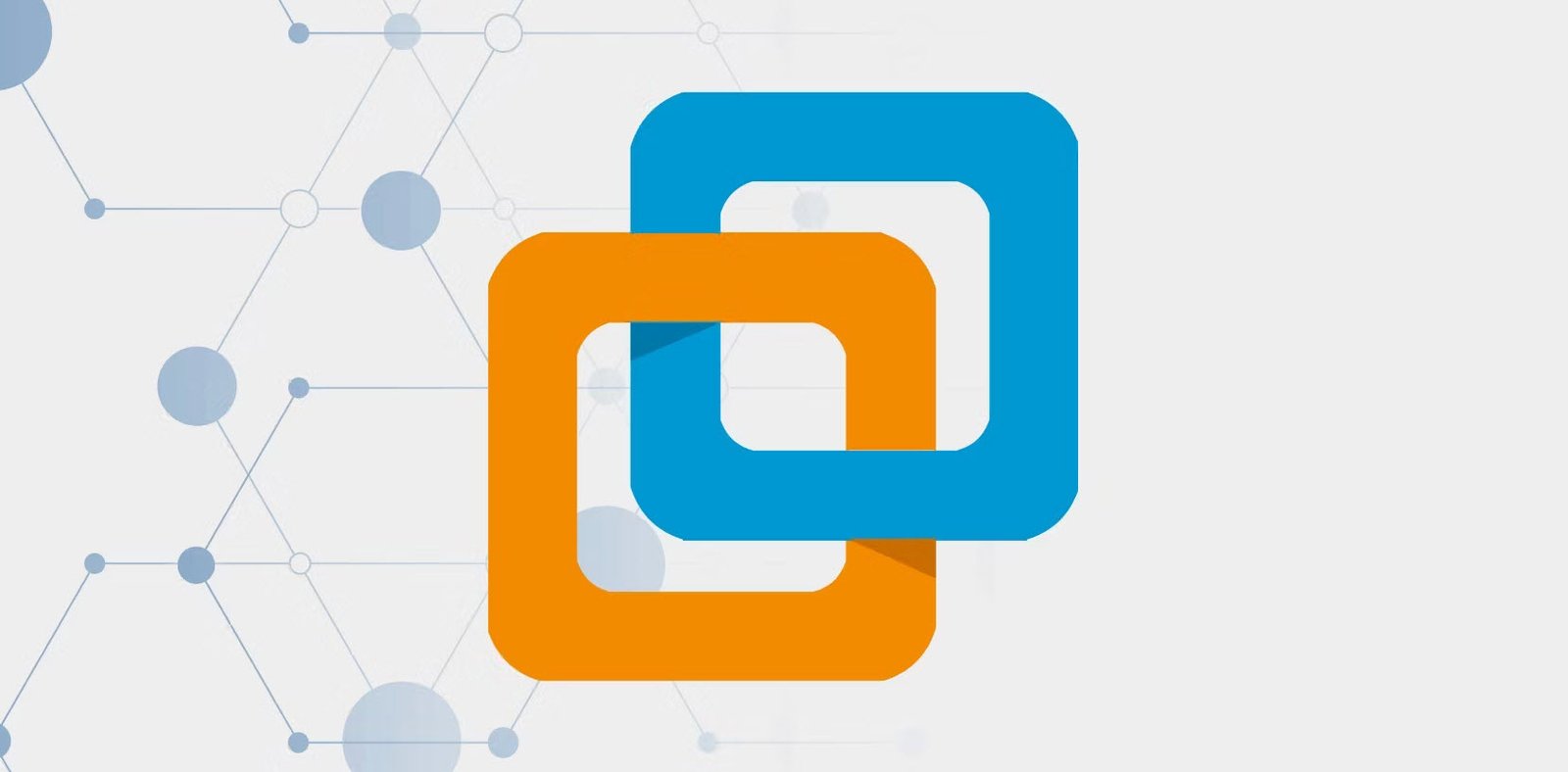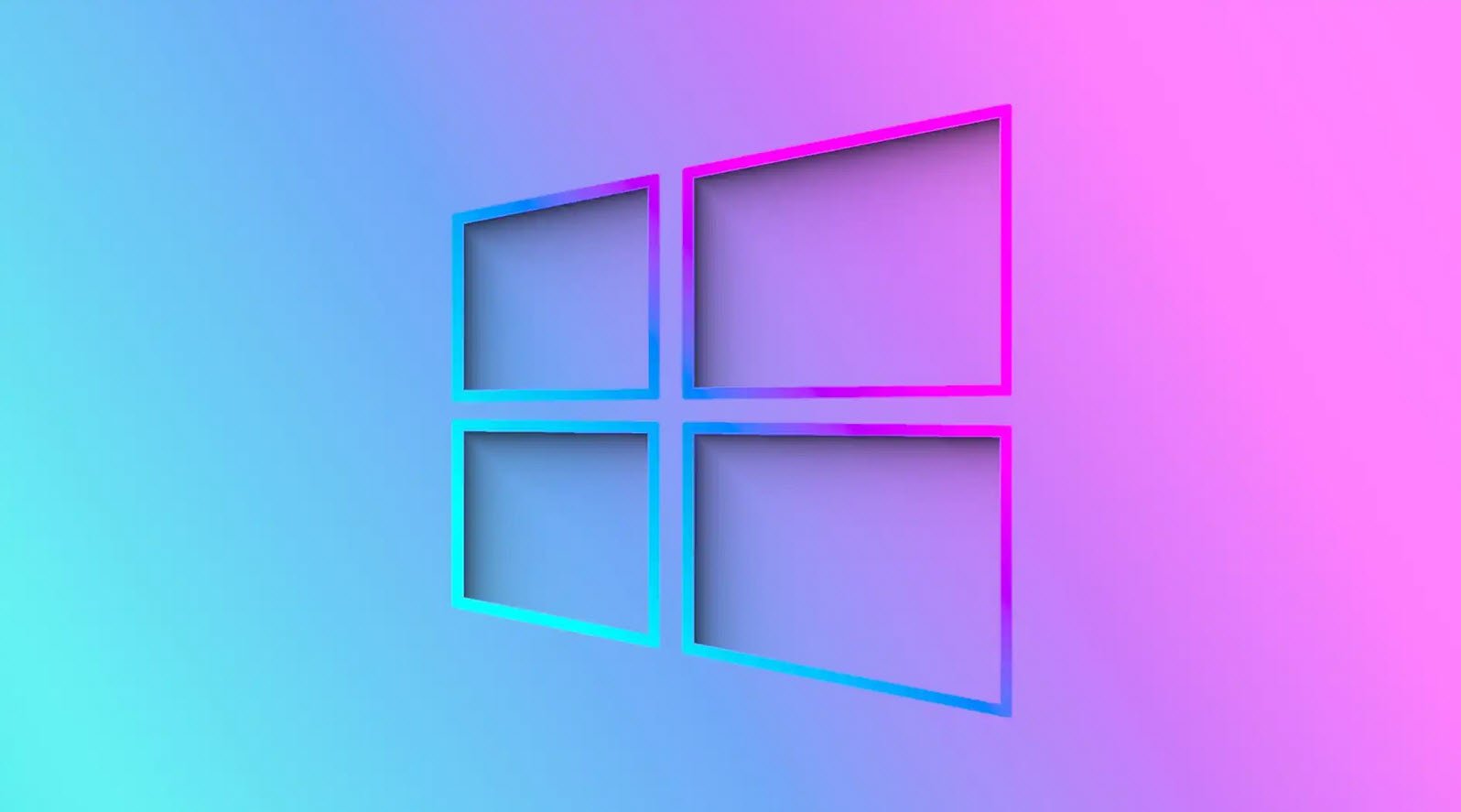
In the fast-paced realm of technology, where our computers serve as the gateways to an interconnected world, staying updated is not merely a choice – it’s a necessity. The landscape of cybersecurity is ever-evolving, and to stay one step ahead of potential threats, it’s imperative to keep your computer armed with the latest security patches and software updates.
In this article, we unravel the critical steps you need to take to ensure your computer’s defense is unwavering and its vulnerabilities minimal.
- Embrace the Latest OS Version
- Regularly Install OS Software Updates
- Emphasize Genuine Security Software
- Auto-Update Security Applications
- Update All Software Applications
- Prune Unnecessary Applications
- Embrace Latest Software Versions
- Beware of Cracked Software
- Install Downloaded Updates Promptly
1. Embrace the Latest OS Version
The foundation of your computer’s security lies in the operating system (OS). Always opt for the latest version of your chosen OS. Newer versions often come equipped with enhanced security features and patches that thwart the latest threats.
2. Regularly Install OS Software Updates
Software vulnerabilities are prime targets for cyber attackers. To thwart their efforts, make it a habit to install OS software updates promptly. These updates address known vulnerabilities, ensuring that your system remains resilient against emerging threats.
3. Emphasize Genuine Security Software
When it comes to security software, authenticity matters. Opt for reputable and genuine security programs. Avoid the allure of free software, which might inadvertently introduce malware along with its promised features.
4. Auto-Update Security Applications
Take advantage of the auto-updating feature available in security applications. This ensures that your security software is always armed with the latest threat definitions and protection mechanisms.
5. Update All Software Applications
Your computer isn’t just an OS; it’s a plethora of software applications that facilitate your digital activities. Regularly update each software application you use. Updates often include bug fixes and security patches that fortify your defenses.
6. Prune Unnecessary Applications
Unused applications can serve as potential entry points for threats. Periodically review and uninstall applications that you no longer need. This minimizes the surface area of your vulnerabilities.
7. Embrace Latest Software Versions
Innovations often come with enhanced security features. Always opt for the latest versions of software utilities and applications. These versions incorporate the latest security enhancements to combat ever-evolving threats.
8. Beware of Cracked Software
The allure of cracked software might be tempting, but the risks far outweigh the benefits. Cracked software often comes loaded with malware that can compromise your data and overall computer security.
9. Install Downloaded Updates Promptly
When you download updates for your software or applications, don’t delay their installation. These updates are often designed to address security vulnerabilities and weaknesses, making prompt installation crucial.
In an age where technology drives our interactions and shapes our experiences, the security of our digital realm is paramount. By following these steps and prioritizing the consistent updating of your computer’s software, you create a strong fortress against cyber threats. Stay vigilant, be proactive, and let your commitment to regular updates be your shield against the ever-evolving landscape of cyber risks. Your computer’s security is in your hands – wield it wisely to ensure a safe and seamless digital journey.
You may also like:- How To Fix the Crowdstrike/BSOD Issue in Microsoft Windows
- MICROSOFT is Down Worldwide – Read Full Story
- Windows Showing Blue Screen Of Death Error? Here’s How You Can Fix It
- A Guide to SQL Operations: Selecting, Inserting, Updating, Deleting, Grouping, Ordering, Joining, and Using UNION
- Top 10 Most Common Software Vulnerabilities
- Essential Log Types for Effective SIEM Deployment
- How to Fix the VMware Workstation Error: “Unable to open kernel device ‘.\VMCIDev\VMX'”
- Top 3 Process Monitoring Tools for Malware Analysis
- CVE-2024-6387 – Critical OpenSSH Unauthenticated RCE Flaw ‘regreSSHion’ Exposes Millions of Linux Systems
- 22 Most Widely Used Testing Tools








